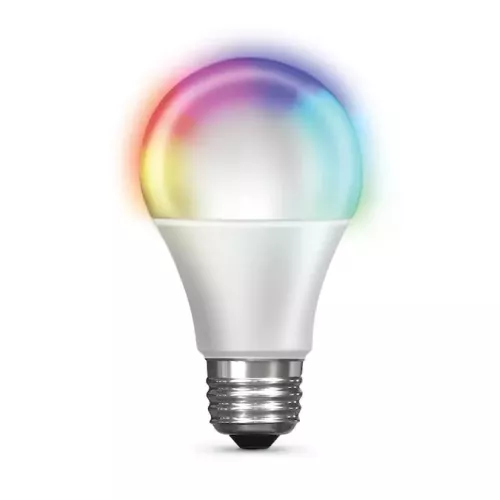Bulb socket types
What are the sockets?
In a light bulb, the socket or thread is the lower metal part that connects to the lamp holder and allows it to be connected to the electrical current. This piece can be of various types depending on the size of the bulb, shape, country, voltage used, etc.
The nomenclature of the sleeve is made up of the letter E followed by a number, which corresponds to the diameter of the externally threaded screw in mm. That is, for an E26 bulb the diameter of the base is 26 mm, while for an E27 the diameter of the base will be 27 mm.
E14 socket
It is the thin cap. This type is commonly found in candle-shaped bulbs, the kind used in wall lights, chandeliers, some ceiling fans, etc., which, due to their shape, require a narrower bulb.

E26 and E27 socket
This is the standard thread size, with E26 being the usual for light bulbs in America, while E27 would be its equivalent in Europe and the rest of the world. Physically it is possible to connect an E26 in a socket for E27 and vice versa, but we must take into account an important factor that will influence its correct operation:
Type E26 is commonly used in countries that work with a nominal voltage of 125 volts, while E27 is used in countries with a voltage of 220-240 volts. This means that if we connect an E27 bulb in an E26 socket, it will work at half throttle (lower lighting), while if we do it the other way around, the bulb will burn out when working at twice the power.

What are the advantages of smart bulbs?
This happened with traditional light bulbs; With smart bulbs we no longer have to worry about this because they are prepared to work in a voltage range that covers both voltages, so they can be used interchangeably without any problem. The bulb is responsible for adapting to the existing voltage, working perfectly.
GU10 socket
It is a socket that is used for halogen and LED lamps. It is very popular in ceiling and recessed lighting.
G9 socket
It is a small socket, used for halogen and LED lamps. It is commonly used in ceiling and recessed lighting.
B22 socket
This socket, instead of connecting to the lamp holder by means of a thread, is fitted simply by pressing against the spring and turning slightly until it engages. It has the advantage that it is resistant to shocks since it will not loosen thanks to the use of the spring.















